
In 1852, Frederic Edwin Church painted Virginia's Natural Bridge
My Writing on Historical Architecture
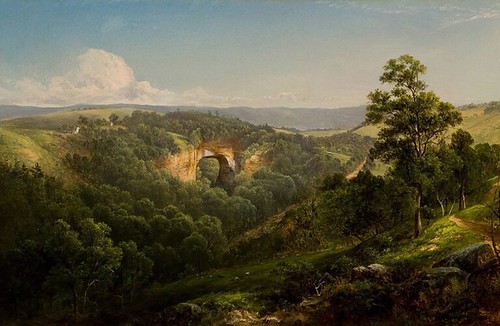
The ‘Most Sublime of Nature’s Works’
[click to read]
One of Virginia’s most amazing architectural treasures wasn't formed by the hand of man at all. (read more)
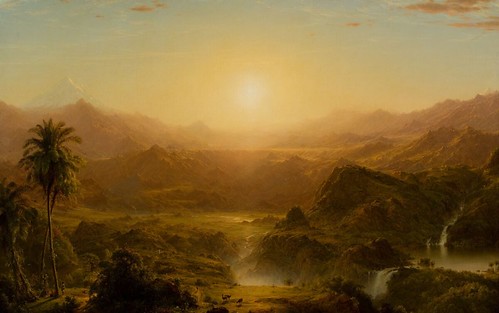
19th Century Painter Frederic Edwin Church
[click to read]
The story is told of a moment in the North Carolina mansion of Richard Joshua Reynolds, American businessman and founder of the R.J. Reynolds Tobacco Company. One of the family’s small children was staring intently at an extremely large canvas in the family parlor. His mother asked him what he was admiring in the painting. He responded: “I’m looking at the church.” Indeed, he was staring at “The Andes of Ecuador,” a painting by the great artist Frederic Edwin Church. Thinking the child had become aware of the great artist at such a tender age, she joined him in examining the artwork—only to discover the red-tile-roofed chapel that was a tiny detail in the vast painting. That was the “church” the child was drawn to. Frederic Church’s epic paintings ended up in the grand homes of wealthy patrons, who probably missed much of the detail in the paintings they had purchased. The sheer volume of subtly rendered detail probably required “a little child [to] lead them” (Isaiah 11:6). Truthfully, Church was a very spiritual person, and his work reflected a sense of the unseen hand behind the scenery he so beautifully rendered. (read more)
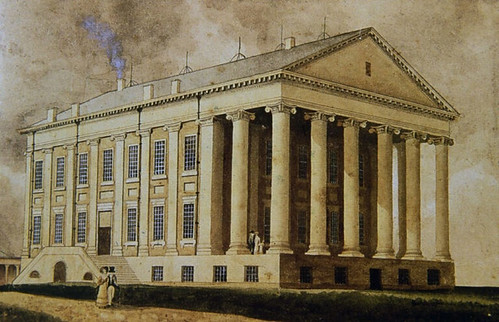
American Classicism and the ‘Gentleman Architect’ Thomas Jefferson
[click to read]
In 1784 Thomas Jefferson found himself in France as our first ambassador. (read more)

An ‘Academical Village’ as a Model for a New Republic
[click to read]
If you had traveled with the Marquis de Lafayette to the Piedmont region of Virginia in 1824... (read more)

Romantic Aspirations, Vision, and Viaducts
[click to read]
Charles Carroll of Carrollton might well have been the Elon Musk of his day. (read more)
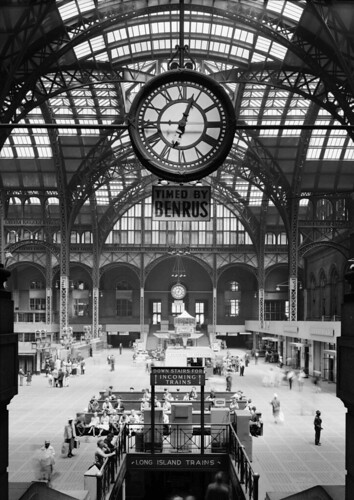
Temples of Transportation
[click to read]
In 1862, arguably one of the darkest and most uncertain years for our republic, President Abraham Lincoln pressed Congress to pass the Pacific Railway Act. As North and South were being ripped apart, Lincoln, a former railroad attorney, sought to use the rails to tie East and West together. America was still involved in the process of recovering from her terrible civil war, when on May 10, 1869, the Transcontinental Railroad was celebrated as complete. The railroad had been constructed in a mad dash, as the two competing lines, Union Pacific and Central Pacific, raced to complete as much track as possible. The prize, 6,400 acres of land and $16,000 for every mile of track completed, led to a spirited competition. Union Pacific’s Thomas Durant and Central Pacific’s Leland Stanford pushed their crews on. When they met in Utah, they kept on pushing right past each other. (read more)
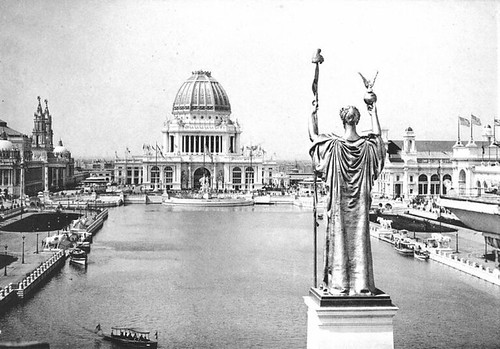
A Shining City on a Lakefront
[click to read]
Truesdale Marshall, in Henry Blake Fuller’s 1895 novel, “With the Procession,” had this to say about Chicago: A “hideous monster, a piteous, floundering monster too. It almost called for tears. Nowhere a more tireless activity, yet nowhere a result so pitifully grotesque, gruesome, appalling.” This was the assessment of the great city that had risen so rapidly in the plains of America’s Midwest. The young nation had barely survived its civil war just decades before. Chicago was still recovering from its great fire. Railroads rushed to cross and crisscross the fruited plain, building quickly. There was no time for building beautiful arched bridges. Wooden trestles were thrown up in a matter of weeks. Track was measured in miles laid per day. “Hell on Wheels” was the order of the day. Midwestern cities were ugly, smelly, and chaotic.
But then, in the summer of 1893, a gleaming city appeared on the shores of Lake Michigan, something that didn’t seem to belong to this boisterous time. It only stood for a brief season, but it would change the course of a nation’s development. (read more)
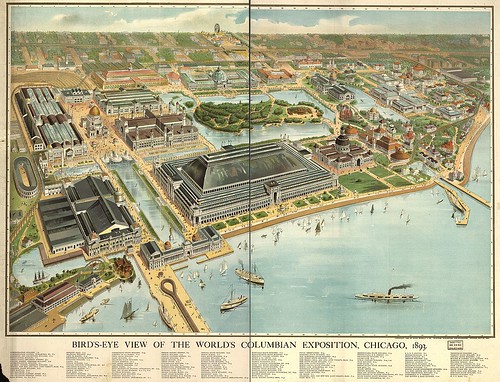
A Bird's Eye View of the 1893 Chicago World's Fair.
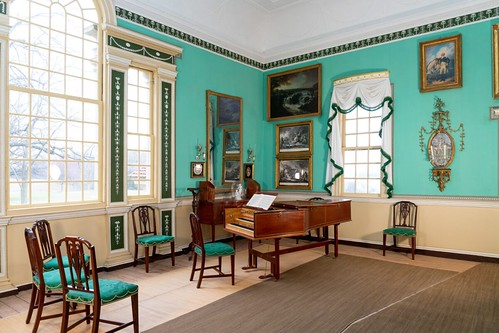
The Saving of Mount Vernon
[click to read]
I was painfully distressed at the ruin and desolation of the home of Washington, and the thought passed through my mind: Why was it that the women of his country did not try to keep it in repair, if the men could not do it? It does seem such a blot on our country.”—Louisa Bird Cunningham (read more)

The Mind of Monticello
[click to read]
Opened to the public in 1924, Thomas Jefferson’s beloved home of Monticello in Albemarle County, Virginia, is one of the most recognized buildings of early America. Its unique façade is reproduced on our nickel. Monticello (Italian for “Little Mountain”) is still a favorite destination for adults and youth, as all are treated to a look into the amazing gifts of America’s third president. (read more)
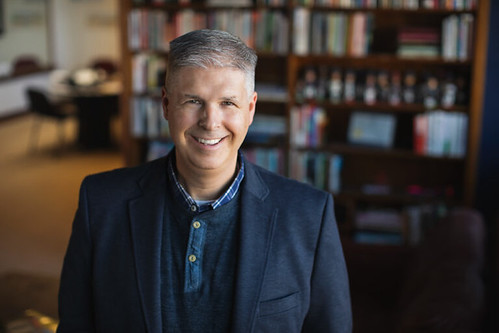
A Conversation With Charles Marohn: ‘Honor the Struggle!’
[click to read]
Walking six blocks to work each morning gives Charles Marohn a unique insight into the vitality of his town. (read more)

Celebrating Bonds That Reunited America
[click to read]
The History Behind the Robinson House
To-day gladdens the hearts of all true Americans, the spectacle of a re-united country, knit together in real brotherhood of its citizens and in the bonds of an honorable, cordial and lasting pacification—and not least, the spectacle of veterans of the Army of the Potomac joining hands with veterans of [the] Army of Northern Virginia, to establish, as we here to-day establish, this “Lee Camp Soldiers’ Home.” — Colonel Archer Anderson, Address on the opening of Lee Camp Soldiers’ Home, May 20, 1885 (read more)
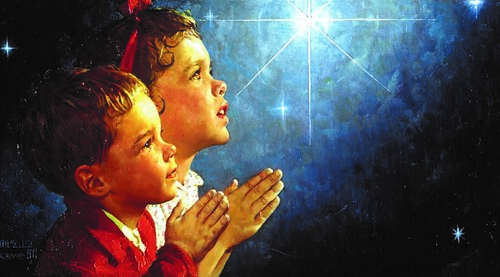
Norman Rockwell’s America
[click to read]
I was showing the America I knew and observed to others who might not have noticed.” —Norman Rockwell (read more)
As seen in American Essence Magazine
